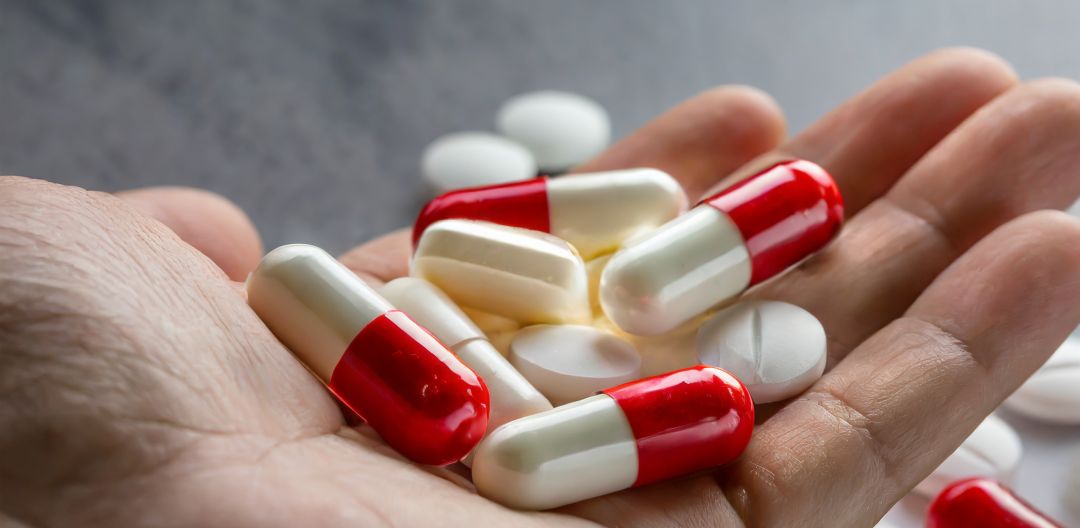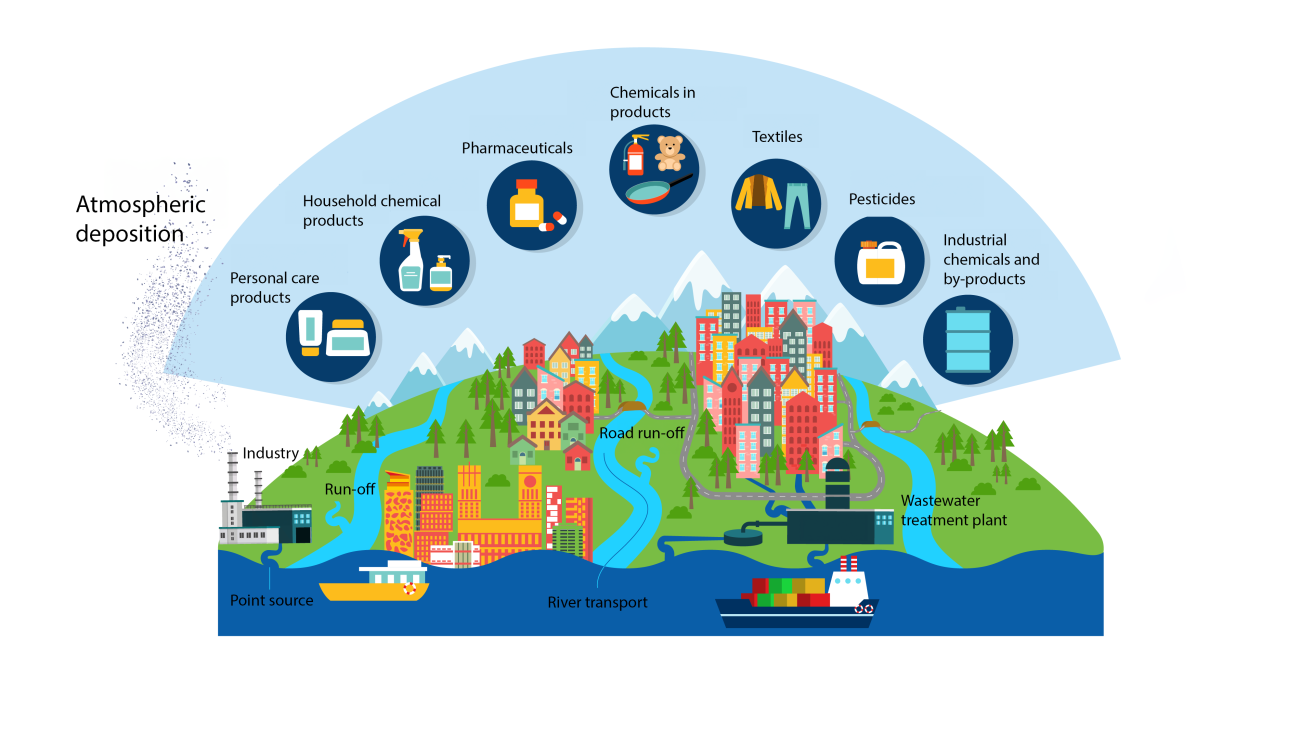
New research informs about environmental effects of pharmaceutical discharges from hospitals
A comprehensive Norwegian study has investigated the environmental effects of pharmaceutical discharges via wastewater from hospitals. Some drugs may pose a hazard to the environment, while for several drugs we lack knowledge about the effects on aquatic life.
The researchers investigated pharmaceuticals discharged from hospitals into the municipal wastewater network, and into inlets and treated wastewater from receiving wastewater treatment plants. In the largest Norwegian study of its kind since 2007, more than 150 pharmaceuticals were analyzed every quarter for four years under the auspices of the hospital.
“Most of the pharmaceuticals we take can be found in wastewater. And many of the pharmaceuticals are not biodegradable, so they remain in the environment for a long time,” according to senior researcher Merete Grung at NIVA.
Most of the pharmaceuticals entering in to the wastewater treatment plant mainly originate from ordinary households. However, some pharmaceuticals were found to come specifically from hospitals. These pharmaceuticals are those commonly used in hospitals, such as X-ray contrast agents, anesthetics and various types of antibiotics.
Several substances above limit values
A preliminary risk assessment revealed that female sex hormones (estrone and estradiol) posed the greatest risk to the environment. These hormones are in some pharmaceutical products, but most of these substances found in wastewater are hormones secreted by women of childbearing age.
Potential negative environmental effects were also identified for the anti-inflammatory drug diclofenac.
“Diclofenac is a medicine that, until 2021, was sold in Norway without a prescription. However, the popular drug is now on the Water Framework Directive's "watch list", and limit values in water have been proposed,” says Grung.
“It will be important to monitor whether consumption of diclofenac reduces after the introduction of a requirement for a prescription,” states the NIVA researcher, adding that diclofenac in gels is still sold without a prescription.
Some of the antibiotics are also present in concentrations above what is considered toxic to aquatic organisms. In addition, this can have an impact on the development of antibiotic resistance.
The researchers are also monitoring the well-known analgesic paracetamol, which is the drug sold in the highest quantities in Norway. It can be extensively degraded in wastewater treatment plants but it is still sometimes released at levels above the limit value for toxicity to aquatic organisms. This can even be the case in discharge water from one of the best treatment plants in Norway.

Uncertain where the limit is
The researchers say that for some pharmaceuticals they do not know for sure how much is unsafe for the environment, because there is a lack of research on how toxic they actually are.
“Sludge from wastewater treatment plants is sometimes used as a soil improver, which means that some pharmaceuticals may end up in our food. This is one of the reasons why more knowledge is needed to understand how much wastewater from hospitals contributes to environmental problems, and whether it is appropriate to introduce special treatment systems for hospital discharges,” says Grung.
According to the NIVA researcher, this study is also relevant in light of the EU's new wastewater directive, which may require improved treatment technology to protect the environment.
Finally, Grung emphasizes that it is important to return unused medicines to the pharmacy.
“If you throw the medicine in the rubbish or down the toilet, they will end up in the environment. The pharmacy will ensure that medicines are incinerated to avoid unnecessary pollution of the environment.”
References
- Grung, M, et al. (2023) Resultater fra overvåking av legemidler i avløpsvann fra et sykehus og gjennom et avløpsrenseanlegg – tilstedeværelse og miljørisiko, 2019-2022. Vann, 03 2023. Read more in Vann
 Gunnar Omsted
Gunnar Omsted
 Merete Grung
Merete Grung
